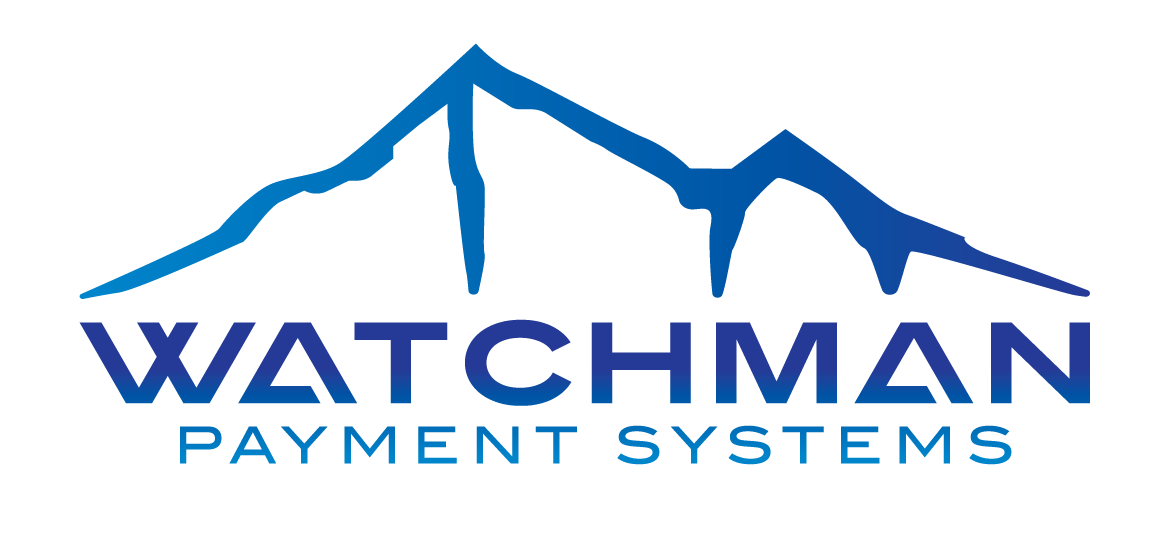
PoLP – Watchman’s STEP Platform utilizes “Principle of Least Privilege” Architecture to Reduce Data Security Risks
October 18, 2021
“Equitable Access billing will be easier than Inclusive Access billing, Right?”
December 7, 2023Introduction
Inclusive Access (IA) programs have gained popularity in colleges and universities, revolutionizing the way digital course materials are accessed and billed. However, managing the billing process in IA programs can be complex, especially during the drop/add period. This blog post compares two common billing processes: back-end billing and front-end billing. We then highlight the advantages of a newer approach called “Continuous Billing,” provided by Watchman Payment Systems, which offers a streamlined solution to address the challenges students and institutions face.
1. Back-End Billing
Back-end billing refers to the practice of delaying the posting of charges to the student’s bill, in the Student Information System (SIS) account, until after the drop/add period is over. While this approach may seem convenient from an administrative standpoint, it can lead to various challenges and hardships for students.
a) Disrupted Financial Aid: Back-end billing often causes complications for students who rely on financial aid to cover their educational expenses. When IA charges appear after the disbursement of financial aid, it can leave students struggling to meet unexpected expenses.
b) Lack of Transparency: Students accessing their account balances through mobile devices expect immediate updates. With back-end billing, they may not see the credit they anticipate after dropping a class or opting out of purchasing course materials. This can lead to confusion and a higher volume of inquiries to the bursar’s office or the campus store.
2. Front-End Billing
Front-end billing, on the other hand, involves posting as many IA charges as possible before classes start. While this approach aims to provide students with a clearer view of their financial obligations upfront, it still falls short in terms of real-time updates and managing changes during the drop/add period.
a) Limited Flexibility: Front-end billing lacks the flexibility required to accommodate students who make changes to their course schedules prior to the drop/add deadline. It becomes difficult to accurately charge or refund students as their enrollment status fluctuates.
b) Delayed Refunds: In front-end billing, students may still have to wait for refunds if they drop a class or opt out of purchasing digital course materials. This delay can cause financial strain for students, especially if they were counting on immediate reimbursement.
3. Continuous Billing by Watchman Payment Systems
Continuous Billing, offered by Watchman Payment Systems, presents an innovative and advantageous alternative to back-end and front-end billing processes. This approach offers real-time updates to student SIS accounts, ensuring clarity, accuracy, and enhanced student satisfaction.
a) Immediate Transparency: With Continuous Billing, students always have an accurate view of their financial obligations. Charges and refunds are reflected in their SIS accounts daily, allowing students to see any updates promptly.
b) Enhanced Financial Planning: Continuous Billing enables students to plan their finances more effectively. Students can better manage their available funds and allocate them to other educational expenses by providing immediate credits for dropped classes or opted-out materials.
c) Reduced Administrative Burden: The Continuous Billing process streamlines administrative tasks by automating the updates to student accounts. This minimizes the workload for bursar’s offices and campus stores, allowing staff to focus on other essential responsibilities. It also allows the IA program to scale effortlessly, bringing the benefits of lower cost and instant access to more students.
Conclusion:
While back-end and front-end billing approaches can work, they each have their own drawbacks. Continuous Billing by Watchman Payment Systems offers a superior solution for inclusive access programs. By providing real-time updates, immediate transparency, and enhanced financial planning capabilities, Continuous Billing ensures a smoother and more student-centric billing experience. Adopting Continuous Billing can help institutions better serve their students and reduce the administrative burden associated with managing IA programs.




